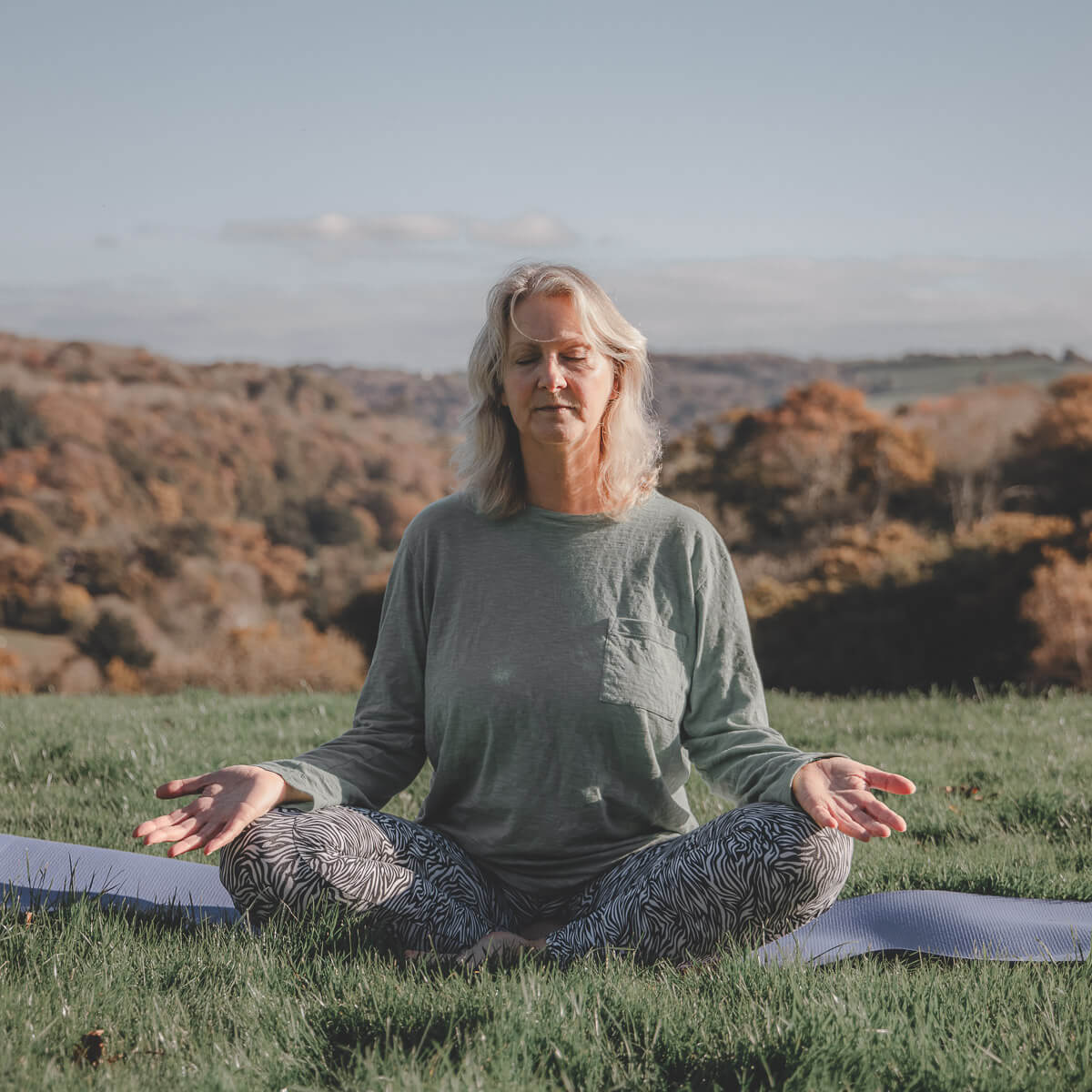‘Breathing? Isn’t that what I do anyway?’
Well how many of the twenty thousand breaths you take on average every day are you aware of? Probably not that many as we generally breath spontaneously with very little awareness.
Breath awareness is a very under-utilized self-care tool which can help us to tap into our very own calming mechanism. Most of us have episodes of stress where our sympathetic nervous system is triggered which pushes us into our flight and fight response. Amazingly we have the power to switch this response off by stimulating our rest and digest mode or parasympathetic nervous system.
How do we do this?
Well simply just breathing or becoming more aware of how we are breathing and using techniques to change our breathing pattern.
Pranayama or breath awareness is one of the eight limbs of yoga according to the ancient script of Patanjali’s Yoga sutras. For me breath awareness is what makes yoga different to other forms of exercise, especially when linked with mindful movements.

5 Top tips to improved breath awareness
- Feel your breath: Bringing your attention to the feeling of the breath as it moves in and out of your nostrils brings a felt sense and increased awareness of each breath. Feeling the movement and temperature of the air in your nostril helps to anchor you in the present moment.
- Hear your breath: Practicing Victorious or Ujjayi breathing creates a soft gentle sound like waves on a beach. Start with the exhalation by pretending you are huffing up a mirror with mouth open then close your mouth still creating this sound. Continue the practice with both in and out breaths. Focus on the sound and imagine you are on your favourite beach listening to the waves.
- Tummy breathing: Place your hands onto your lower abdomen with finger tips touching at midline. Bring your focus to this area and feel your tummy expanding and relaxing with each breath. This abdominal breathing technique allows more space for your diaphragm (main breathing muscle) to fully expand. It really helps to switch on your rest and response during those stressful times.
- Counting your breaths: This technique is very useful when your mind is very full of thoughts or prone to wander off during your breathing practice. You can either count the actual breaths to 10 or 20 then repeat, if your mind wanders just start from 1 again. Or you can count the length of the breath and any pauses using the square breathing techniques or a simple ratio like 1 to 2 (so exhaling for twice the length of the inhalation). This technique can help you gradual achieve a longer more relaxed breath.
- Mind the gap: Once the breath is long and relaxed you can bring your attention to the natural pauses between the breaths. Focus on this sense of stillness and space which is created by this mind gap, no thoughts just peace and quiet. There is no holding or tension but a sense of letting go so only taking the next breath when the feeling arises to do so.

“I didn’t realise that something as simple as learning new breathing techniques could make me feel so relaxed.”


